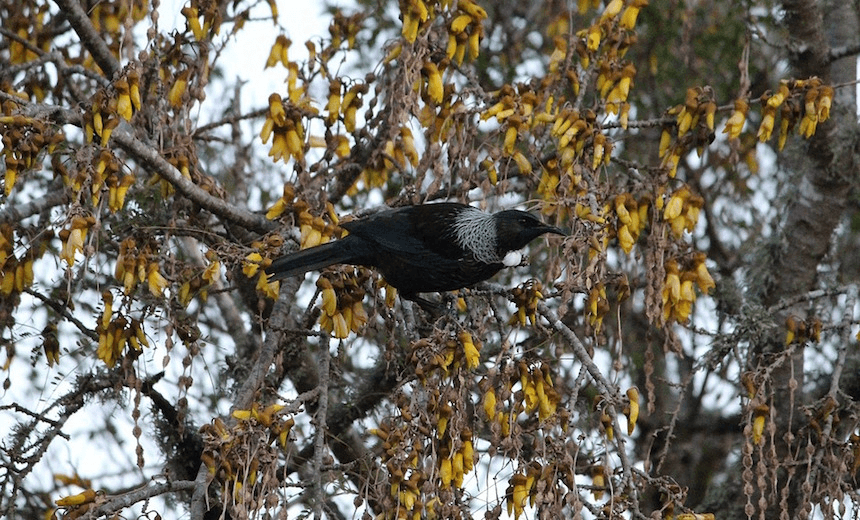Practitioner Donna Kerridge introduces the core philosophy behind Aotearoa’s oldest medical practice.
“If modern society is to have a future, what we need above all is a renewed respect for nature and reverences for the life of all created things” – Jurger Moltmann
The essence of rongoā Māori and many other indigenous health practices is concerned with restoring health and wellbeing through a strong and impermeable connection to nature.
The best insurance for the health and wellbeing of your whānau is to ensure the health of Papatūānuku. Everyone has a right to a healthy existence and everyone has a responsibility to care for the land which sustains us all. Our whakapapa connects us directly with the land. Whether you subscribe to a Western scientific account of creation, a Christian account of creation or a Māori account of creation, at some point we are all of the earth.
To understand healing we look to the creation stories of our indigenous populations.
The Māori creation story of Ranginui and Papatūānuku reminds us that we are all related – the land, the trees, the insects, fish and birds. That we share a common ancestry. As plants without roots wither and die, so too will cultures that forget the lessons in their connection stories.
The wellbeing of the people and the land is rooted in mātauranga, traditional knowledge handed down from our ancestors. Mātauranga Māori teaches us that our wellbeing is not born out of individualism. Our wellbeing is dependent upon the wellbeing of the family, the tribe and our whanaunga in the natural world. A key premise of rongoā Māori is that one will not be well for long if others in the whānau are ailing.
We are more dependent upon one another than ever before, not only for the basic necessities of life but also for the knowledge by which to live a fulfilling life.
Papatūānuku does not exist for us alone. There are many others to consider who depend on her for their existence. Humankind are behaving more like spoilt children who want more than their fair share. We have become more like a cancer within the whānau rather than contributing members of a wider community. In her last blog post before her death, researcher and social commentator Celia Lashlie said “let us hope that the rest of us do not leave our run to heal too late,” which I think also applies to the human race as a whole in relation to our actions towards our mother earth.
In order to access Māori and other indigenous healing knowledge we first need to understand the workings of nature. For example, how do our wetlands and the earth work together to ensure clean water for the myriad of species who depend on it for life? How does a tree heal itself? How does it ensure the procreation of its species in times of drought?
When we learn how to heal the bark of a tree we learn how to heal our skin. When we understand the intricacies and importance of our wetlands, so too will we come to appreciate the work of our kidneys and care for them a little better. When we witness the break down of our communities we will look to the diversity and order within our healthy forest communities for the answers.
Many diseases are born of dis-ease with nature, the loss of our connections to the natural world and each other and the innate wisdoms contained therein. We have become too busy and self absorbed to see the answers to life’s questions before us, encoded in nature. We strive for independence in the face of our unavoidable interdependence.
Rongoā Māori is the oldest medical practice of this land. It is both art and science, with a depth of knowledge that extends well beyond plant lotions and potions, bodywork sequences, chants, clairvoyance and modern science. It is a way of being. It opens to us a library of ancestral knowledge and experiential wisdom that spans many generations.
Medicine comes in many forms; kind words, warm and freely given hospitality, rekindling of fond memories of a youth past, a sense of belonging, purpose and community, time for contemplation, stories that give rise to hope and so the list goes on. These lessons are embedded in our tikanga and ways of doing things. Revitalising our tikanga through rongoā Māori and reminding us of its relevance in a modern world is not an option, it is essential to the health and wellbeing of our land and the future our people.
Future columns will explore rongoā Māori remedies, philosophy and practices. In the next one I will look at ‘What is Rongoā Māori?’
